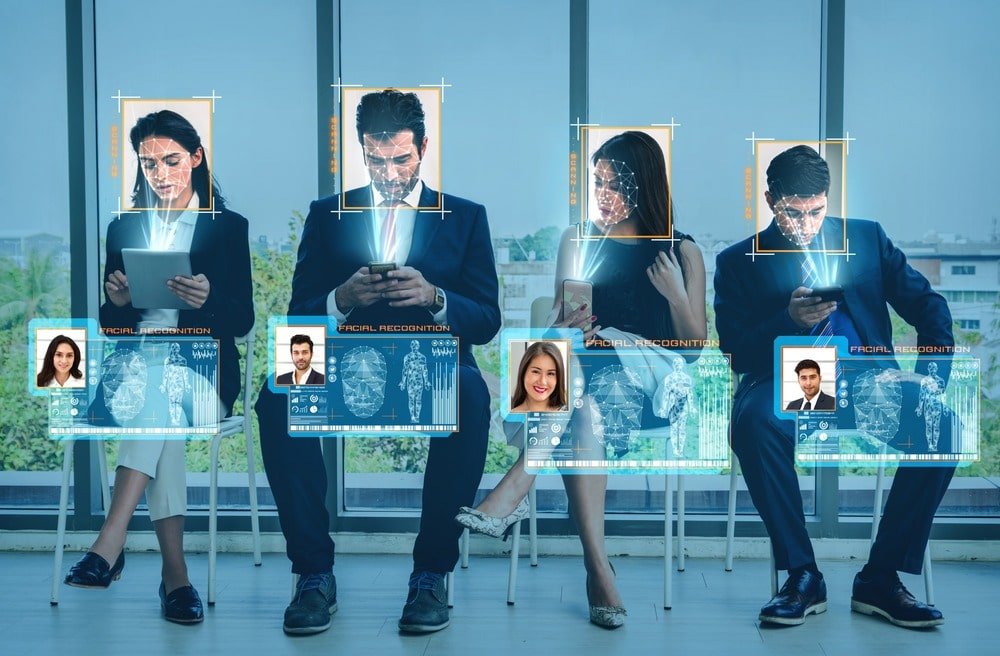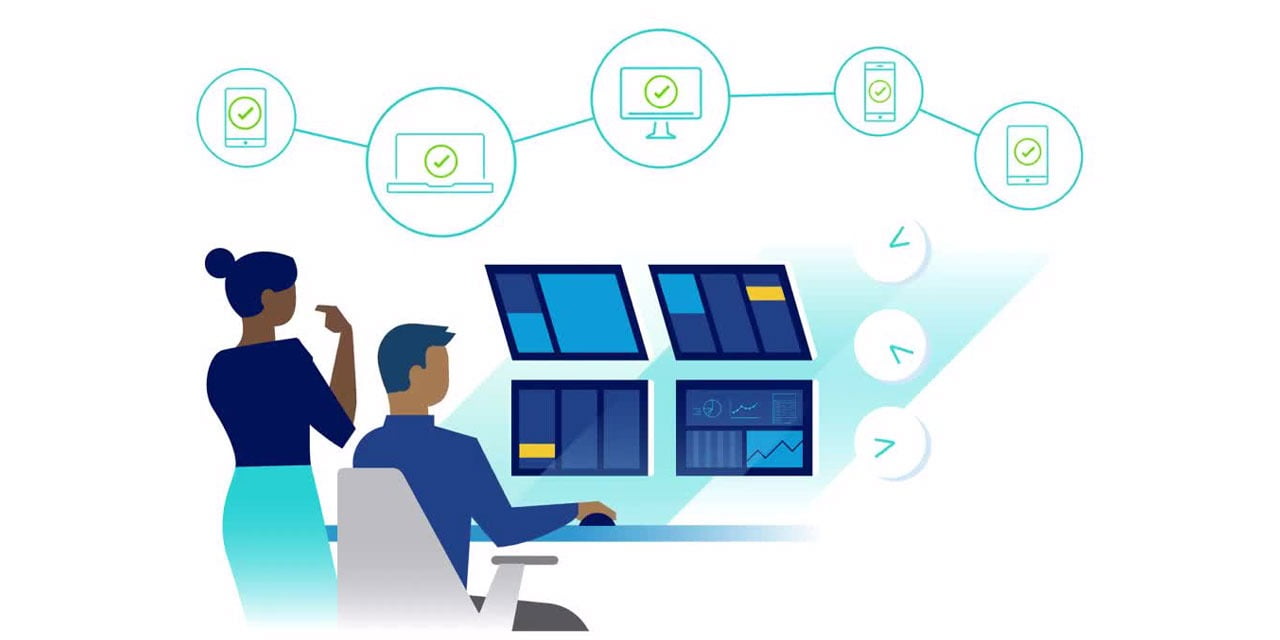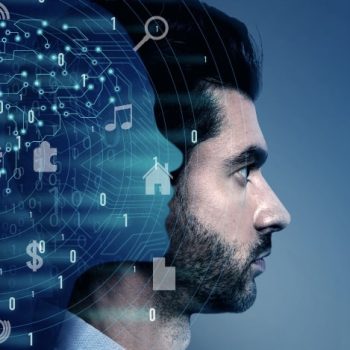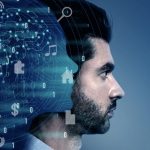Digital Employee Experience (DEX) is not just a trend, it’s an eventuality. Unsurprisingly, employees have embraced the convenience and flexibility of digital tools to navigate their work lives. Why? Well, it’s exactly what they have done to simplify their personal lives.
Of course, the pandemic played a role as it pushed us into a virtual realm where we became Zoom superheroes, Slack aficionados, and Microsoft Teams maestros.
Related article: Building a Culture of Innovation with DEX: How Digital Workplaces Can Foster Creativity and Growth
So, in today’s digital workplace, is it really an option to deliver great digital experiences?
“72% regard the digital workplace as an extremely important or very important priority. Only 8% regard it as slightly important or not important.”
For example, let’s consider ITSM. Digital Employee Experience ensures that the days of submitting helpdesk tickets and waiting for a response are as outdated as a flip phone. With DEX, employees can effortlessly navigate self-service portals, and if they encounter an issue, they’re greeted by an AI assistant that can effortlessly solve problems and provide information.
Or let’s take asset management. Digital Employee Experience transforms the complex and often mundane task of keeping track of organizational assets with unlimited digital power. So, with just a few clicks, employees can locate any asset in real-time, receive notifications in case of low stock alerts, and more. It’s like having an army of virtual assistants that know every nook and cranny of your organization.
Basically, it creates an environment where employees can effortlessly navigate digital landscapes. It’s a world where smart bots soothe tech-induced anxieties and workstations adapt to our every ergonomic whim. However, there’s more to DEX than just taking care of things IT-related. Gartner even reported that “Through 2027, 80% of DEX tool deployments that account for only IT-focused use cases will fail to achieve a sustainable ROI.”
So, DEX indeed promises to be the future of work.
Predictions for Digital Employee Experience
Digital Employee Experience continues to evolve, driven by emerging technologies and changing work dynamics. Here are some trends and predictions for the future of DEX:
The era of hyper-personalization
Hyper-personalization is a strong trend because it allows organizations to create tailored experiences that cater to the specific needs of individual employees. Organizations can understand employee behaviors, preferences, and work patterns by leveraging data analytics and artificial intelligence. This enables them to deliver relevant content, tools, and resources that enhance productivity and engagement. Hyper-personalization also fosters a sense of empowerment and ownership among employees, as they feel their unique requirements are being met – building stronger connections between employees and technology.
In favor of single-suite solutions
“Larger companies deploy an average of 187 apps”
Single suite solutions, such as IT Asset Management (ITAM), are gaining popularity as they offer a unified and streamlined approach to managing various aspects of employee experience while enabling vendor consolidation. By integrating multiple functionalities into a single solution, organizations can provide a seamless experience for employees, eliminating the need for disjointed tools and interfaces. This approach simplifies workflows, reduces complexity, and enhances efficiency. Single-suite solutions also empower employees to easily access and manage their IT assets.

New metrics that define digital success
New Key Performance Indicators (KPIs) will emerge as a strong trend as organizations recognize the need to measure and improve the impact of digital initiatives on employee satisfaction and productivity. Traditional KPIs focused on operational efficiency are no longer sufficient in assessing the effectiveness of the Digital Employee Experience. New KPIs for DEX include metrics like employee engagement, user adoption rates, self-service utilization, and feedback ratings. By tracking these metrics, organizations can gain insights into the success of their DEX initiatives while identifying areas for improvement.
ML and NLP-based power-ups
Machine Learning (ML) and Natural Language Processing (NLP) will keep enabling advanced capabilities in understanding and interacting with digital systems. ML algorithms can analyze large datasets to provide personalized recommendations, optimize workflows, and automate routine tasks. NLP allows for improved communication between employees and digital systems through voice commands, chatbots, and virtual assistants. So this enhances the accessibility and usability of digital tools, simplifying complex processes and reducing friction in employee interactions.
Related blog: ITOM as the Gateway to AIOps and DEX
Proactive in managing incidents
By utilizing advanced monitoring tools and data analytics, organizations can detect patterns, anomalies, and performance trends that could lead to incidents. This approach allows for early intervention, minimizing disruptions and reducing downtime. Proactive Incident Management ensures employees have uninterrupted access to digital tools and resources, enhancing their productivity and satisfaction. By being proactive, organizations can swiftly resolve issues, provide timely communication, and foster a seamless digital environment that promotes a positive employee experience.
“67% of employees say their digital experience outside work is better than inside work.”
Digital Employee Experience is shaping the future of work, focusing on enhancing the overall employee experience in the workplace. It recognizes that employees are key stakeholders, and their satisfaction and productivity directly impact success. By prioritizing DEX, organizations can create a more engaging and efficient work environment. However, it’s crucial to note that digital tools and experiences outside the workplace have already set standards for what people expect. So, organizations should focus on meeting, if not surpassing them, to keep employees engaged.




















